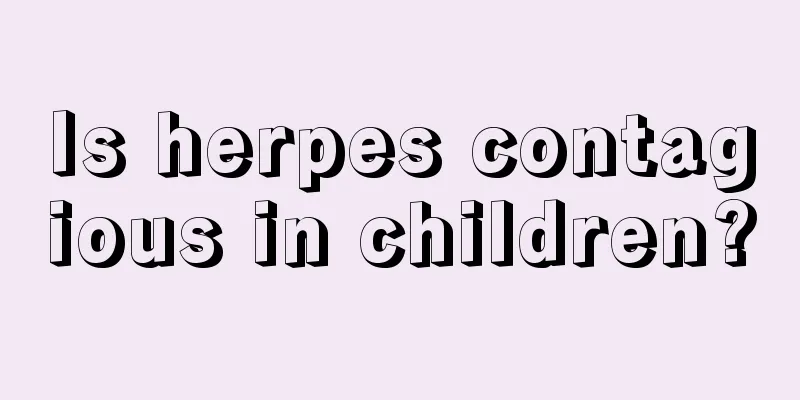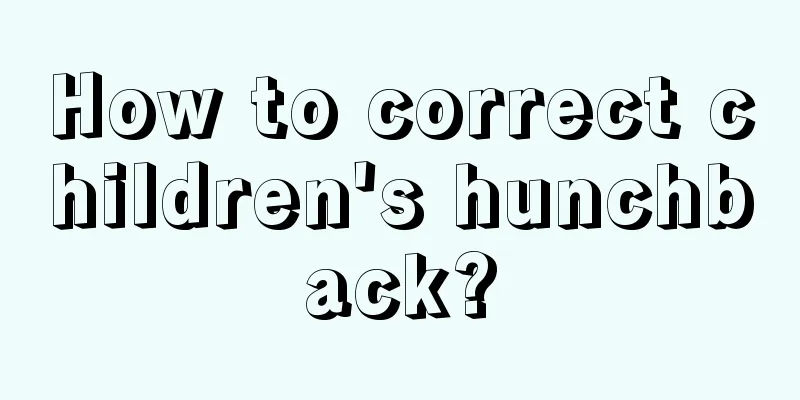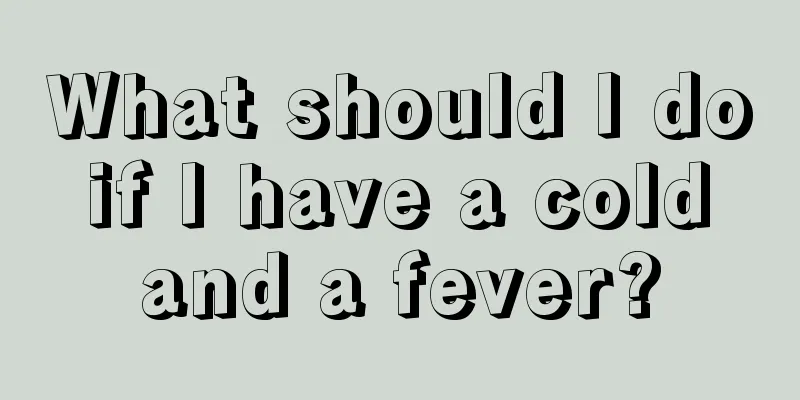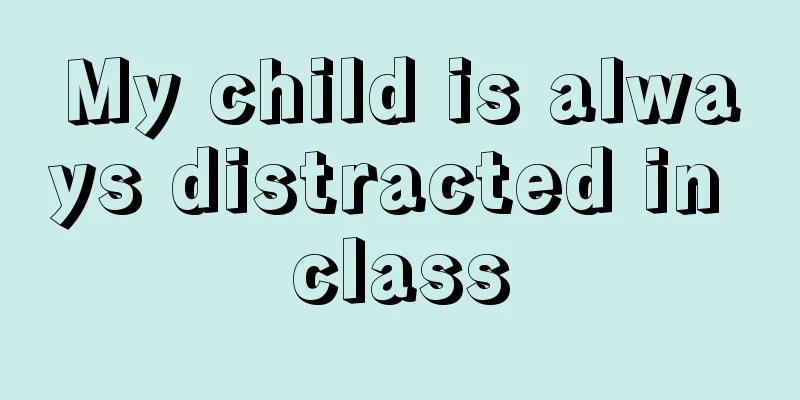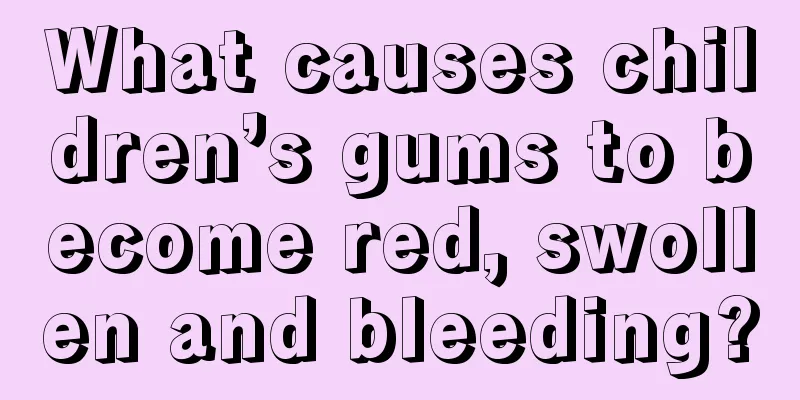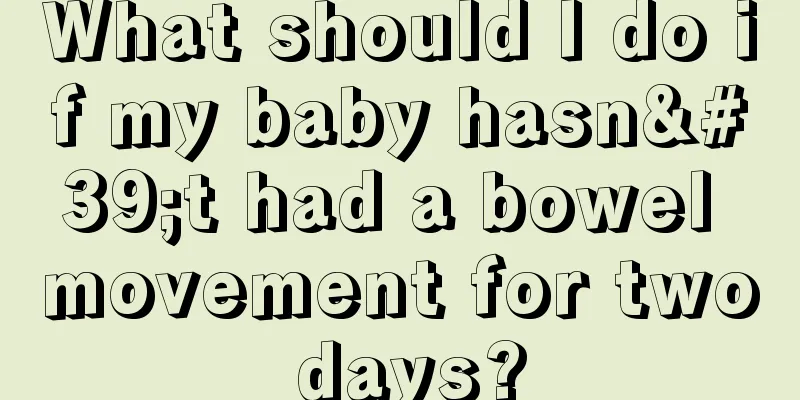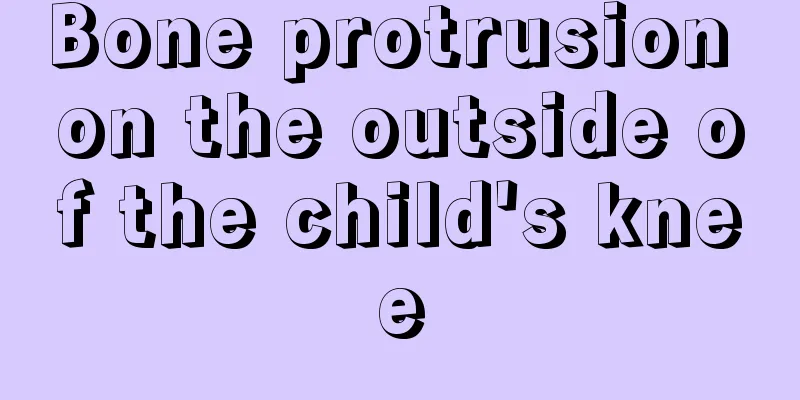The baby has a fever, convulsions and rolls his eyes. What's going on?
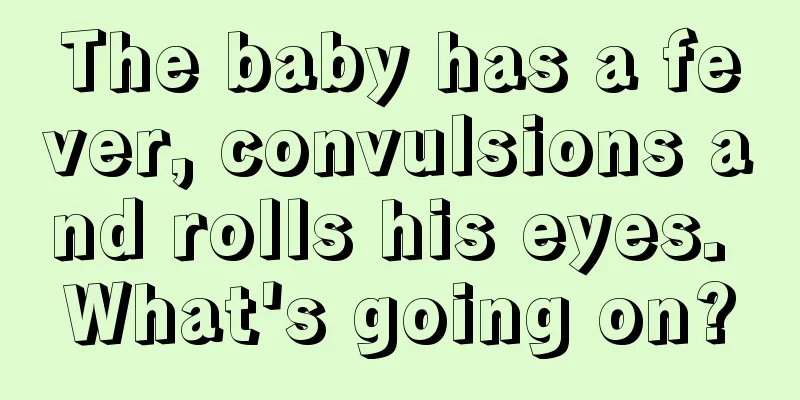
|
Many times we take care of our children meticulously, but sometimes we don’t know how to take care of our children. We also want to take good care of our children and let them grow up healthily. If the children are not healthy, the parents will be very unhappy and sad. However, the children will still get sick frequently, such as having a fever, rolling their eyes and convulsions. So why does the baby have a fever, convulsions and rolling his eyes? Let’s take a look together! Common diseases that cause fever convulsions include high fever convulsions, epidemic meningitis, various purulent meningitis, tuberculous meningitis, Japanese encephalitis, other viral meningitis, toxic encephalopathy, neonatal tetanus, brain abscess, etc. Children between six months and four years old are most likely to have convulsions due to high fever. Some children suddenly develop a high fever when they are babbling or playing, and then have a convulsion a few hours later. Convulsions are often characterized by systemic rigidity, stiffness, and spasms, which occur once or twice a day and will not recur after that, even if the body temperature does not drop. It is extremely rare for an attack to occur more than three times a day. There are often similar patients in the families of such sick children, and about half of them will also suffer from convulsions when they have a high fever in the future. If you find your child having convulsions due to a high fever, if there are antipyretics at home, you should immediately give them according to the child's usual dosage. If you are taking aspirin, it is best to use it in combination with an appropriate amount of sedatives such as phenobarbital, which will be more effective in reducing fever and stopping convulsions. For children with high fever, in addition to taking antipyretics in time, you should immediately apply a cold towel to their head and give them a bath with white wine, 30-50% alcohol or warm water. Rub until the child's skin turns red, which will help the body temperature dissipate through the expanded capillaries on the surface of the body. You can also use ice packs (or fill a glass bottle with cold water) and place them under the child's armpits, thighs, and other areas with large blood vessels to help lower the body temperature. Through the above content, we also know what is going on when the baby has a fever, convulsions and rolling eyes. We just need to take good care of the child's body. Usually, the child should receive some simple exercises so that the body will become strong and the resistance will be improved. We should also strengthen the child's nutrition so that the child can grow up healthily. |
<<: What's going on when the baby has a fever and convulsions?
>>: What to do if your baby has a viral fever and diarrhea
Recommend
What should I do if the jaundice value of the newborn is 20?
Jaundice is a symptom that easily develops in new...
What happens when a child vomits at night?
Many mothers will find that their babies vomit at...
The child keeps sniffing his nose
If parents find that their children are always sn...
What should I do if my child has warts?
Warts are actually a skin disease, which usually ...
What to do if your child has a hoarse throat and coughs
Hoarseness is a common problem in life. Hoarsenes...
How to increase children's appetite
What parents worry about most is their children. ...
The benefits of babies sleeping on their stomachs
Nowadays, many children not only like to sleep on...
What to do if your three-year-old baby has dandruff
Dandruff is a common problem for babies, but it i...
Can children eat coltsfoot flowers?
Coltsfoot is actually a herb. If you soak it in w...
What are the development indicators of a 30-month-old baby?
We all know that from the time a baby is born, wh...
What foods should children eat if they have trouble sleeping?
Sleep quality is also related to the physical hea...
Do parents know the psychological reasons why children dislike studying?
Most people must have had the experience of avers...
What causes penis pain in children?
Children are young and not very clear about their...
What are the signs that a baby likes his mother?
Traditionally speaking, mother and child are conn...
What to do if your child has corneal inflammation
One of the symptoms of eye problems is keratitis,...
